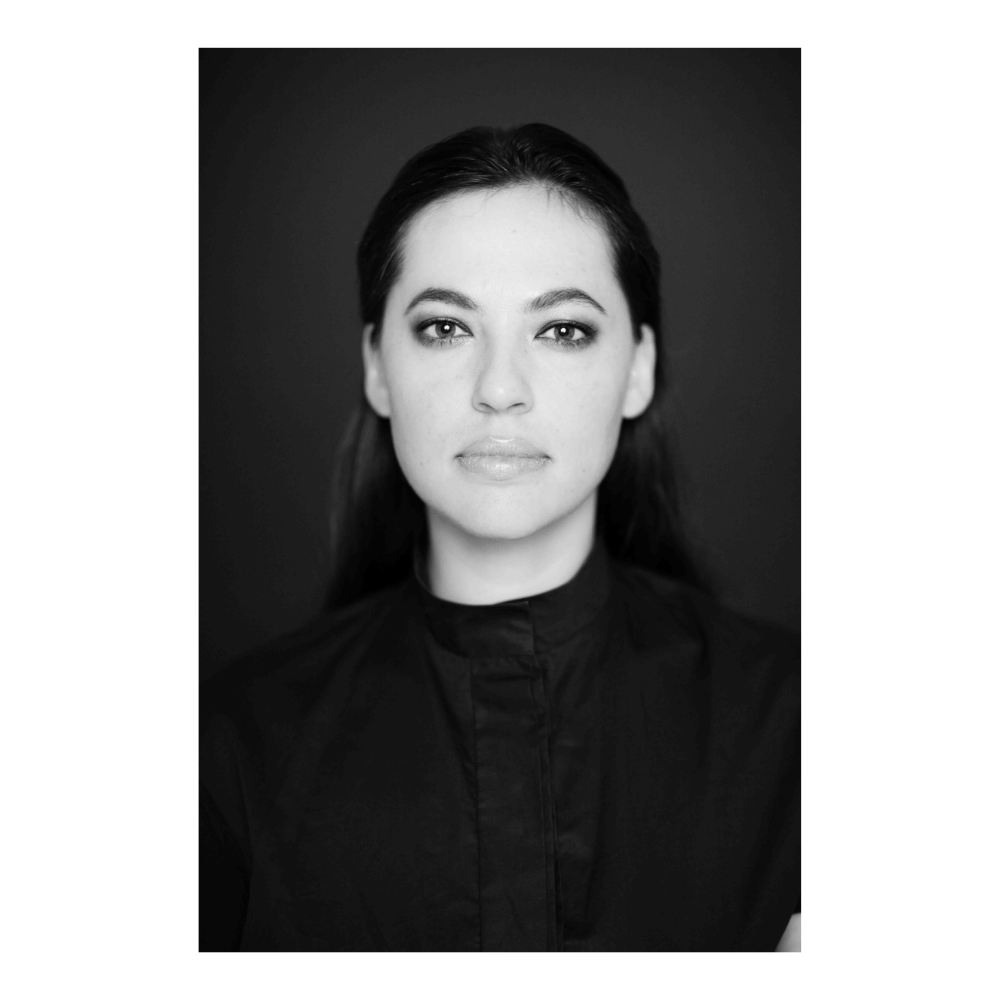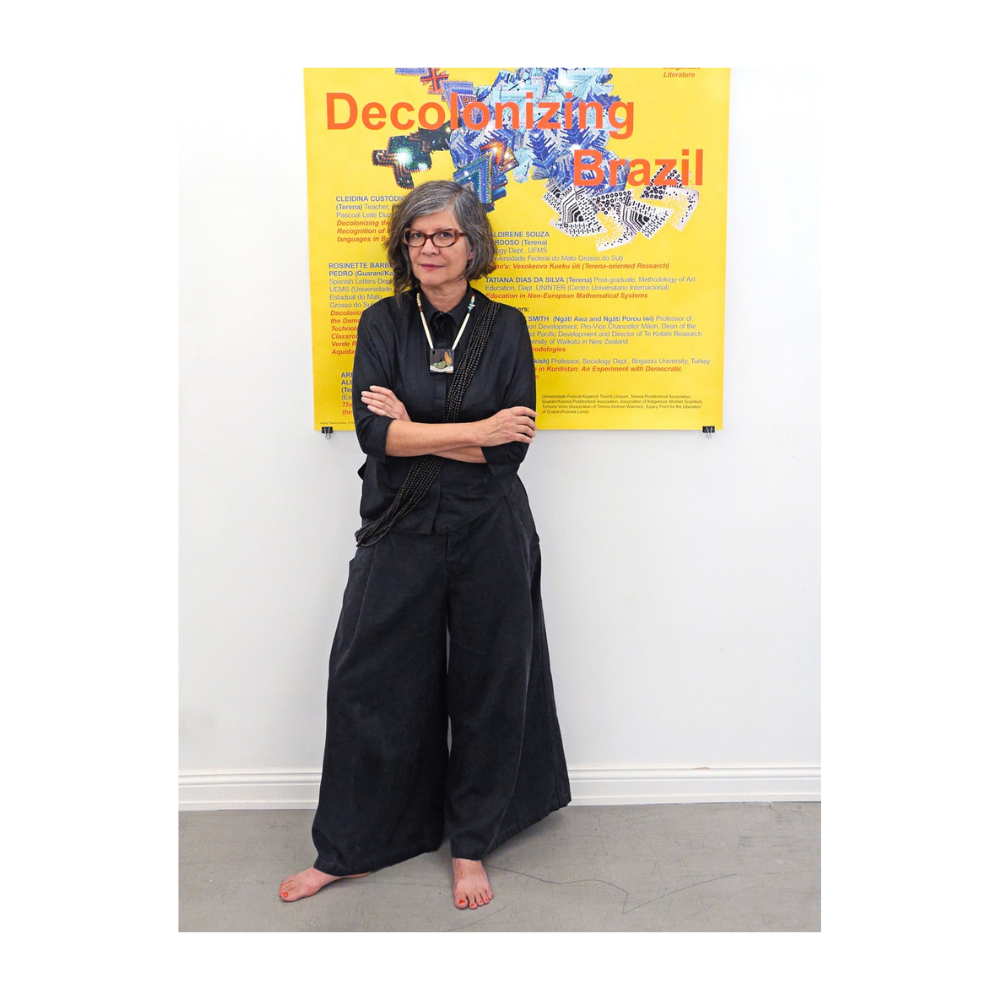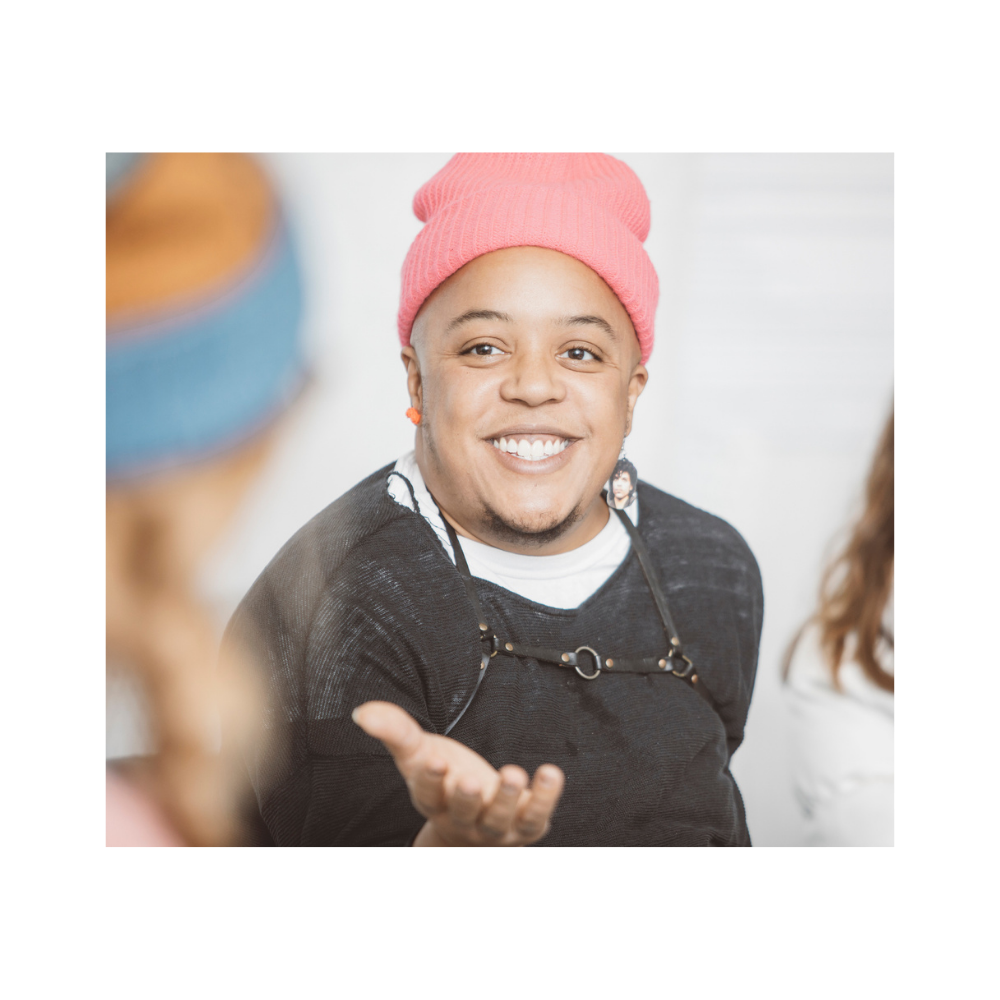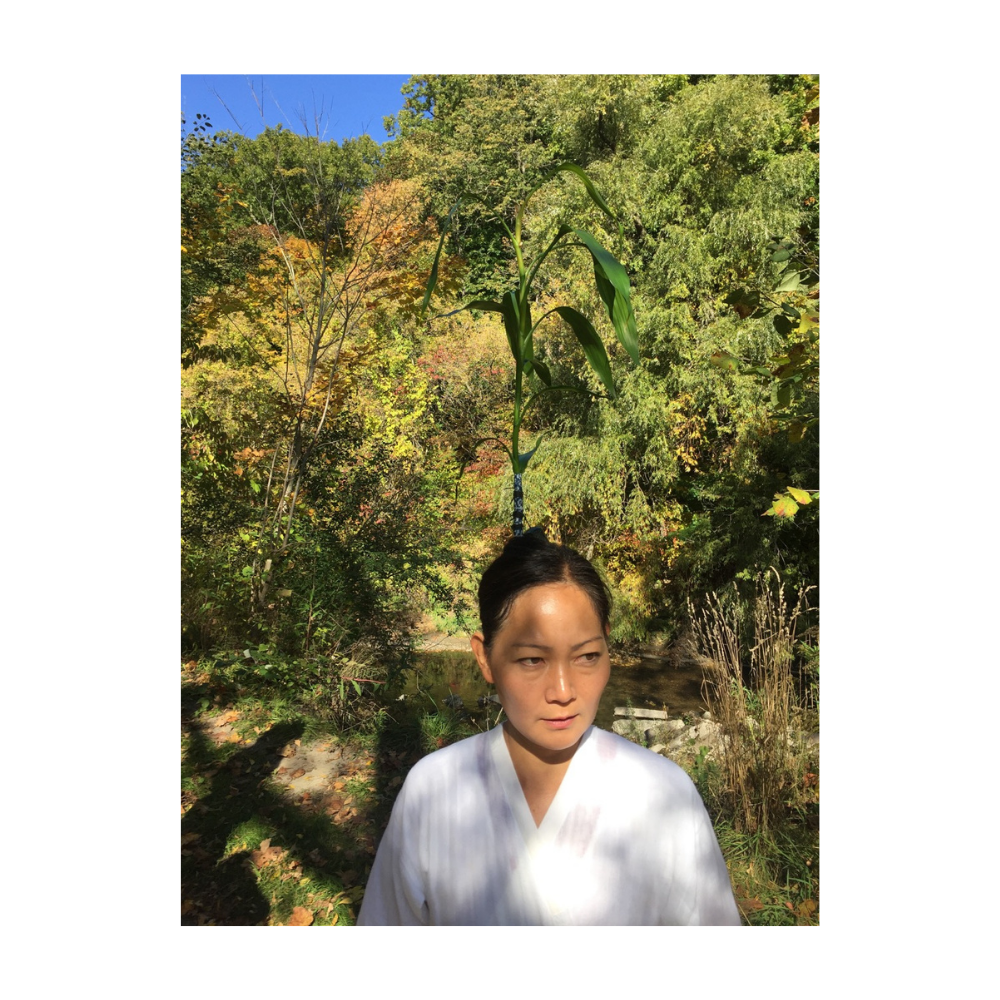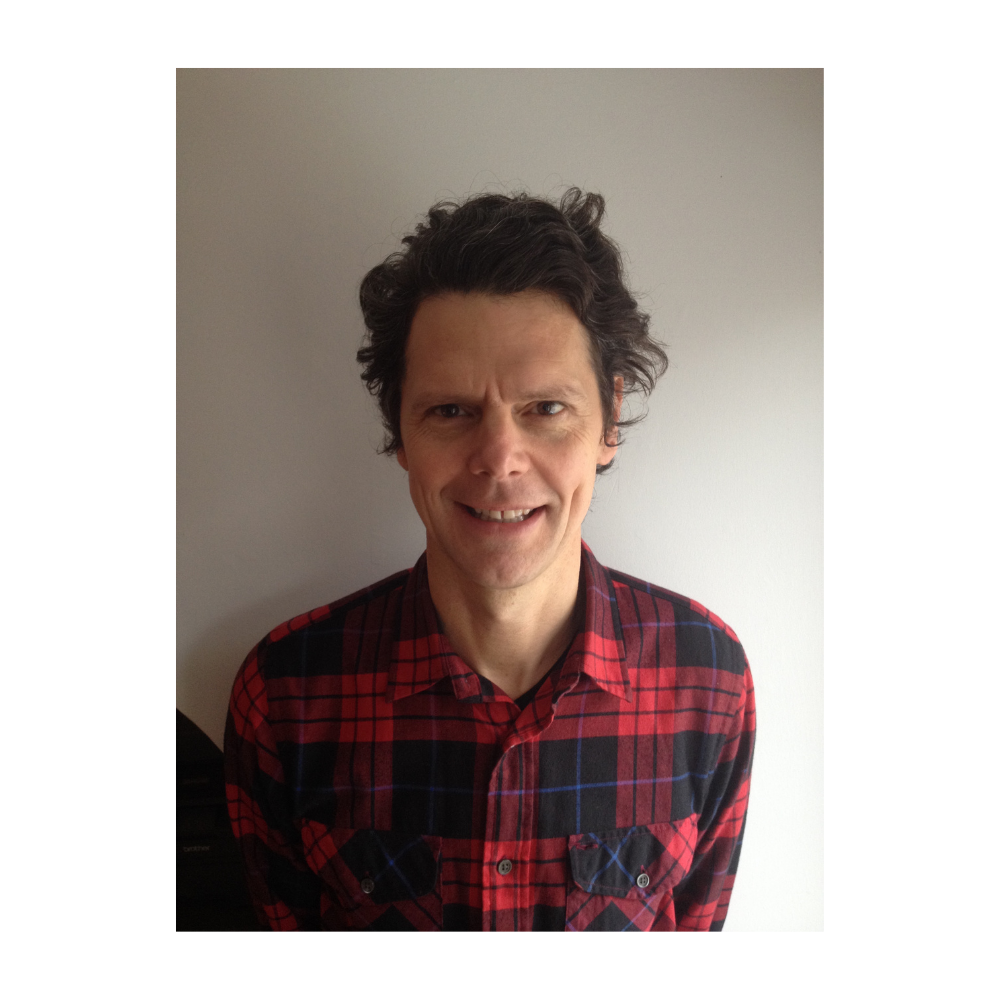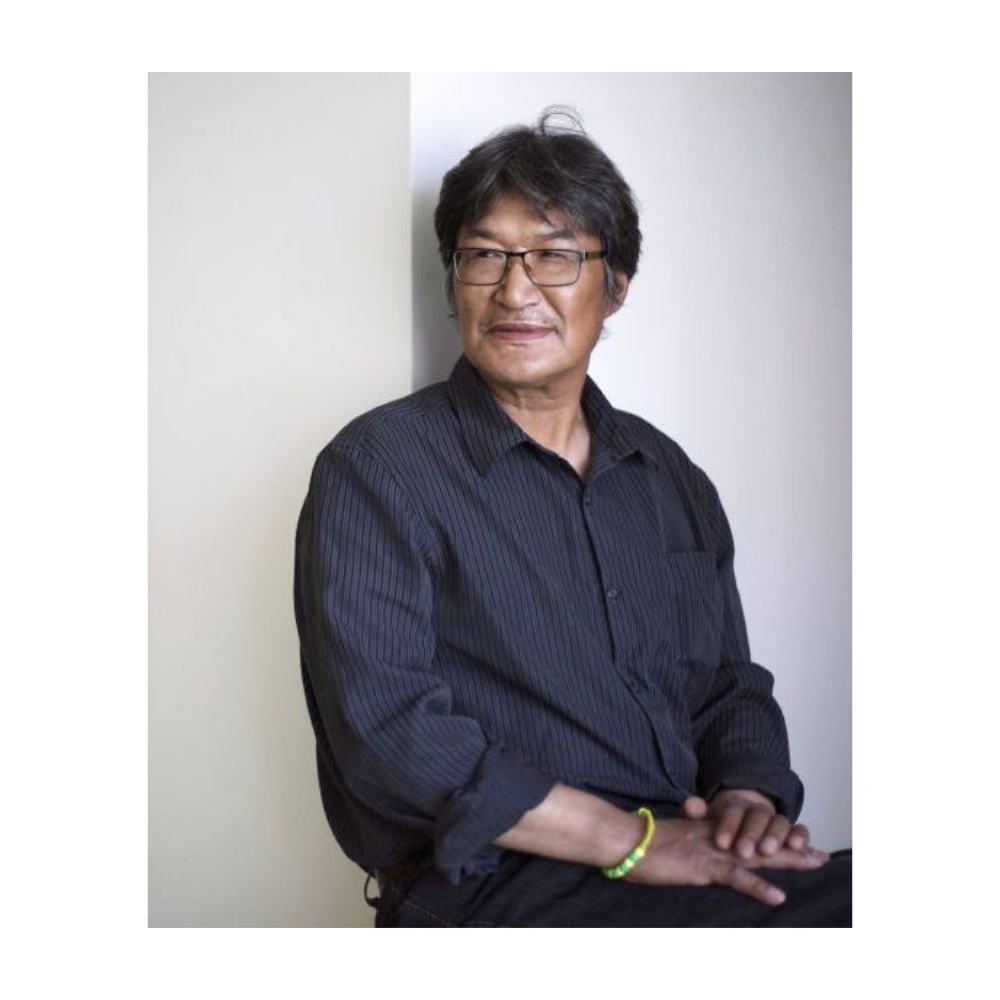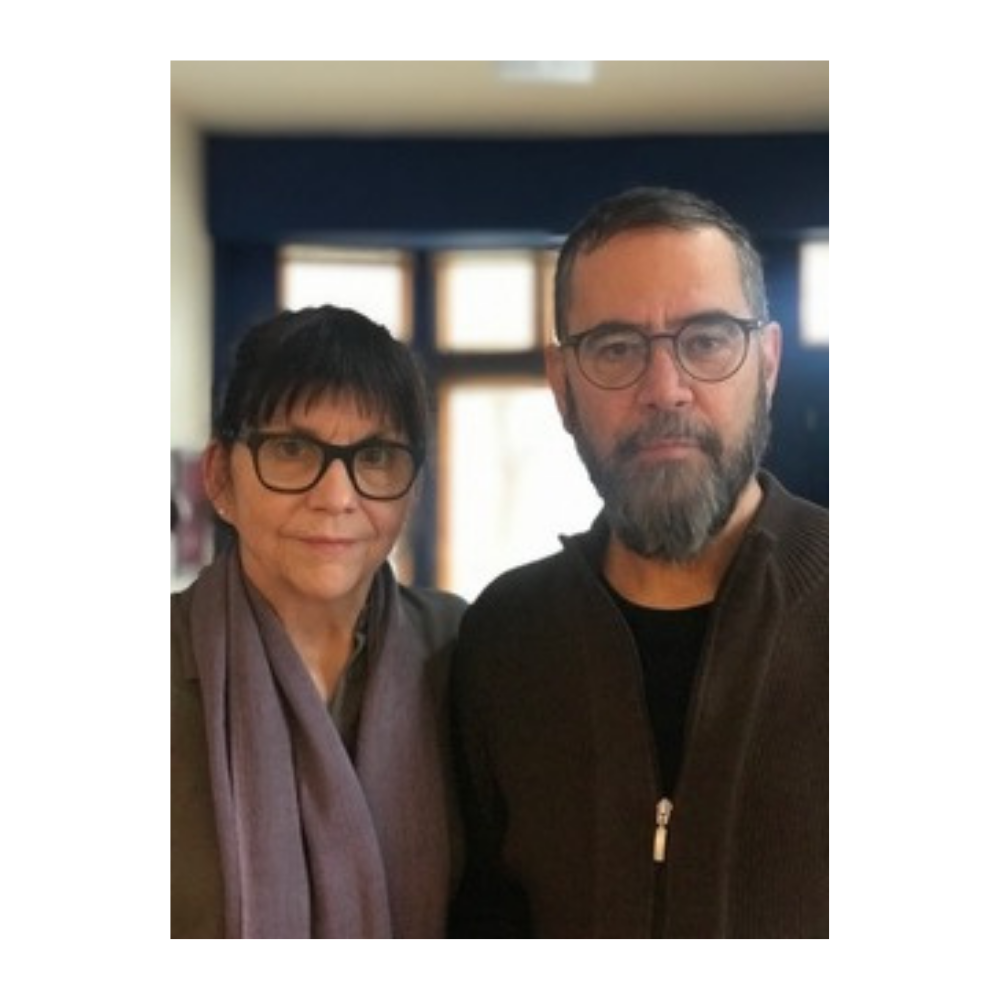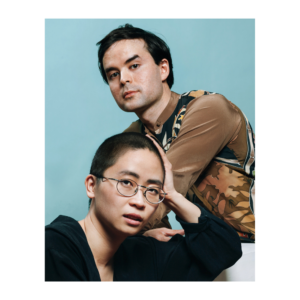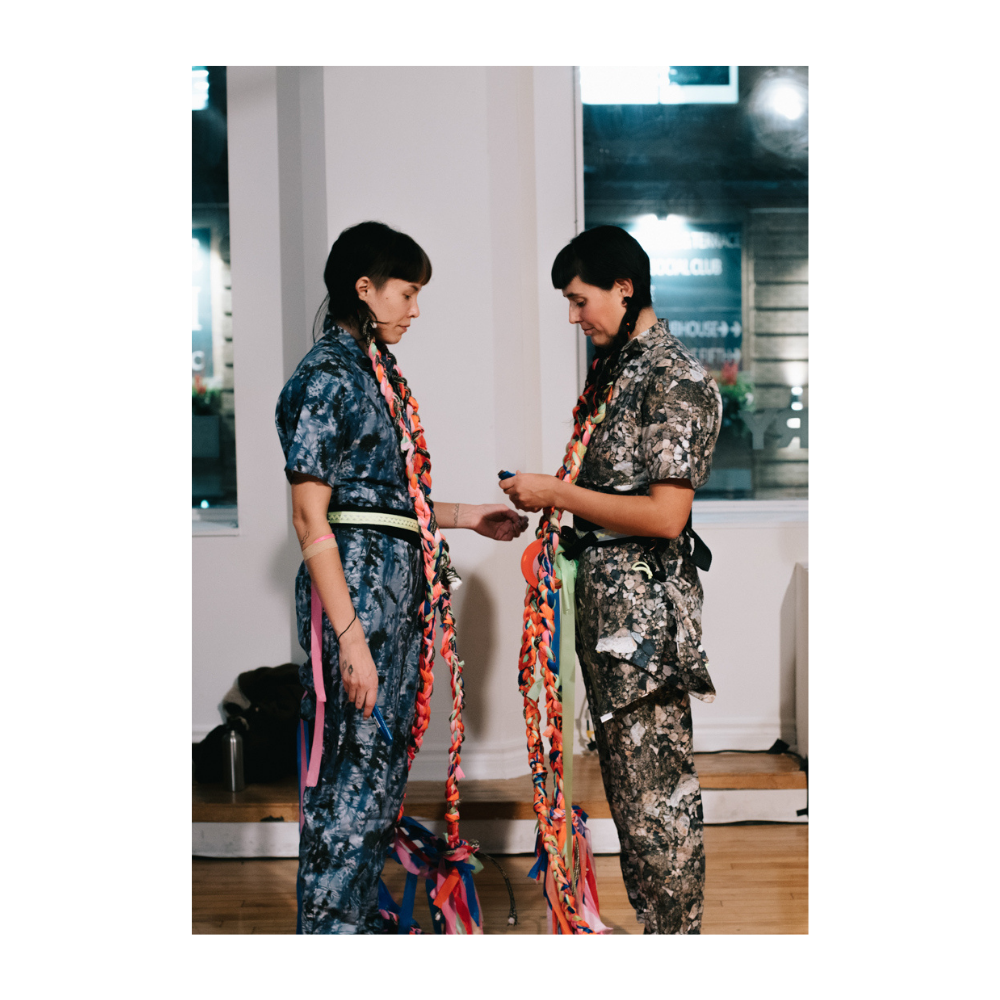Toronto Biennial of Art Podcast
The TBA Podcast series is a forum for curator-led conversations with Exhibition artists, and episodes are released during each TBA event. Featuring a selection of artists participating in a given edition’s Exhibition, the series approaches reflection, listening, and learning with an engaging and experiential lens. While in discussion with artists, their exhibited works, processes, research, and personal perspectives are explored. Woven within each episode are diegetic sounds that encourage collective listening – sounds around making, doing, and being. Podcasts are released during a given TBA edition, and are then added to our growing collection for year-round listening.
2022 Series – "Tape/Talk: Acts of Engagement"
The 2022 podcast series, Tape/Talk: Acts of Engagement (below), features Anne Zanele Mutema, Dana Prieto, and Derya Akay, three artists participating in the exhibition, What Water Knows, The Land Remembers. The series provides an opportunity for a wide-range of audiences to access the Biennial’s content, artists, and curators. Named for – and with a structure inspired by – the radio storytelling format “tape talk”, each episode highlights and reflects upon a conversation between artist and curator engaging through action and place-based experiences.
Produced by Roxanne Fernandes in collaboration with
Katie Jensen and Ren Bangert of Vocal Fry Studios. Music is by LAL.
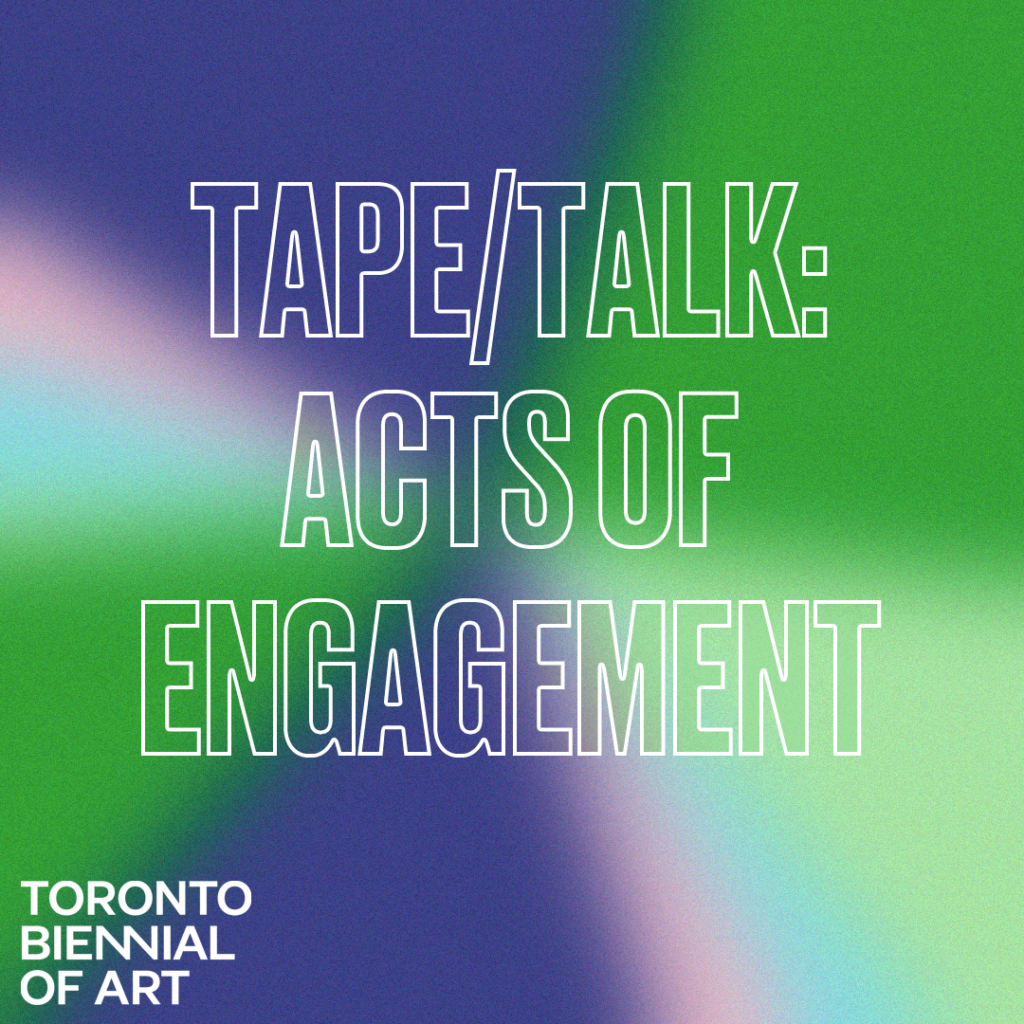
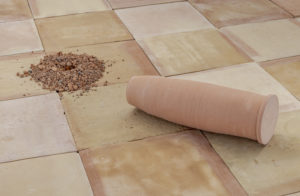
Episode One: Dana Prieto and Katie Lawson
Before the onset of the 2022 edition of the Toronto Biennial of Art, Curator Katie Lawson joined artist and educator Dana Prieto in her studio during the making of “Footnotes for an Arsenal”, her seminal work exhibited at the Small Arms Inspection Building. Together, they discuss the origins of Dana’s work as a ceramic artist through exploration of site, material origins, dirt, mess and porosity.
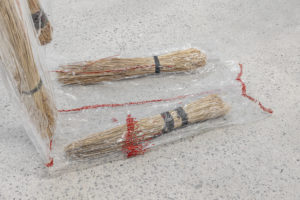
Episode Two: Anne Zanele Mutema and Chiedza Pasipanodya
In this episode, artist Anne Zanele Mutema invites us to consider alternative belief systems through the idea of an Event defined for her as a phenomenon located at a single point in time in the context of self, culture, and history. Mutema’s work “Systemic Necropolis” reflects on ideas of space, memory, and phenomenology.
Ngozi: We Might Listen for the Shimmerings is organized by Chiedza Pasipanodya as a part of the 2022 Curatorial Fellowship program, made possible by the generous support of TD Bank Group through the TD Ready Commitment, and with support from the Toronto Arts Council and the Ontario Arts Council. Ngozi features the work of Anne Zanele Mutema, Buhlebezwe Siwani, and Timothy Yanick Hunter.
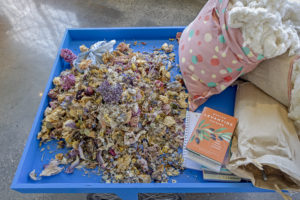
Episode Three: Derya Akay and Tairone Bastien
In the third and last episode, artist Derya Akay is joined by curator Tairone Bastien as they come together to prepare a home-cooked Turkish meal (Sarımsaklı köft, börek and atom) and reflect the weaving together of personal memories and familial histories with larger cultural and geopolitical narratives that form “Queer Dowry”.
2019 Series: Short Format
The 2019 Short Format podcasts (below) were created by Aliya Pabani and Angela Shackel for the inaugural Biennial. In a series of short format podcasts and audiograms, featured artists and collectives include Adrian Blackwell, Ayumi Goto, Caroline Monnet, Diane Borsato, Isuma, Jeneen Frei Njootli, Life of a Craphead, Lisa Steele and Kim Tomczak, Maria Thereza Alves, Syrus Marcus Ware, and Tsēmā Igharas.
Short Format Series Created & Produced by Aliya Pabani and Angela Shackel.
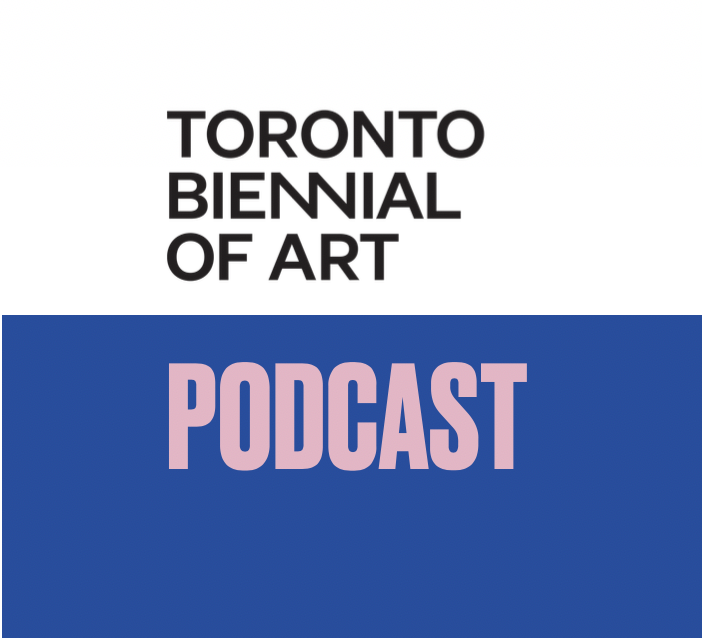
Episode One: Caroline Monnet
In Caroline Monnet’s work ‘The Flow Between Hard Places,’ the undulating edges of this monumental sculpture represent the sound waves created in uttering the word pasapkedjinawong (“the river that passes between the rocks”) in Anishinaabemowin, as spoken by Anishnaabe Elder Rose Wawatie-Beaudoin. Monnet discusses the importance of different types of monuments, movements, and the power of travelling distances to be heard.
Episode Two: Maria Thereza Alves
In this episode, artist Maria Thereza Alves invites us to consider our implication in the histories of the land we stand on and the rivers hidden beneath. Alves’ works for the 2019 Toronto Biennial of Art, ‘Phantom Pain’ and ‘Garrison Creek,’ reflect on human and non-human relationships with land and water.
Episode Three: Syrus Marcus Ware
In Syrus Marcus Ware’s projects ‘Ancestors, Can You Read Us? (Dispatches from the Future)’ and ‘Antarctica,’ he imagines a world where racialized people have survived the catastrophic impacts of the Anthropocene and white supremacy. Ware discusses the shared language of speculative futurism and how combining art with activism has the power to create solidarities beyond borders.
Episode Four: Ayumi Goto
In her performance ‘single use salmon plogging,’ Ayumi Goto runs the Toronto Waterfront Marathon as the half-human/half-salmon geisha gyrl, addressing labour, responsibility, and the impact of environmental disaster. The work is dedicated to the late Anishinaabe grandmother and Water Walker Josephine Mandamin, who circumnavigated the Great Lakes to raise awareness about water pollution, and David S. Buckel, a lawyer, environmental activist, and runner, who self-immolated to protest humanity’s addiction to fossil fuels.
Episode Five: Adrian Blackwell
Within Adrian Blackwell’s two installations, “Isonomia in Toronto? (creek)” and “Isonomia in Toronto? (harbour),” he considers what role biological, social, and political forces may play in how we gather and organize space. These newly-commissioned structures, which became meeting places throughout the inaugural Biennial, ultimately reflect the city’s shifting shoreline and changing relationships with the lake over time.
Episode Six: Zacharias Kunuk
Artist collective Isuma ᐃᓱᒪ was founded in 1990 by Zacharias Kunuk, Paul Apak Angilirq, and Norman Cohn, and is Canada’s first Inuit (75 percent) production company. As part of the Biennial, “ᓄᐊᐱᐅᒑᑦᑑᑉᐅᓪᓗᕆᓚᐅᖅᑕᖓ One Day in the Life of Noah Piugattuk,” 2019, features Noah Piugattuk’s encounter with a government agent sent to remove him and his family from their homeland. Here, the film’s director Zacharias Kunuk shares his approaches to storytelling and oral histories as a filmmaker, recreating the past for future learning.
Episode Seven: Lisa Steele and Kim Tomczak
Lisa Steele and Kim Tomczak have worked exclusively in collaboration since 1983, producing videotapes, performances, and photo/text works. Here they walk us through their trilogy… before I wake (2000–12). Produced over a twelve-year period, and mostly shot in the context of their domestic dwelling, the trilogy is a meditation on the body, aging, relationships, and the nature of the artists’ collaboration as partners in life and in art. In this podcast, Steele and Tomczak consider what decay looks like in analog and digital film, as well as what it means to prepare for the end of collaboration in this lifetime.
Episode Eight: Diane Borsato
Diane Borsato‘s ORCHARD is a living sculpture made up of old and eccentric varietals of apple trees, planted by Borsato at the Small Arms Inspection Building – a contemporary art and cultural space of the City of Mississauga. The work expands ideas of public art and seeks to foster enduring connectedness to land, plants, food, and one another. In this podcast, Borsato describes the tastes, textures, shapes and colours of these apple “artefacts”, reflecting on the ways in which they trace histories of migration and genealogies of flavour.
Episode Nine: Life of a Craphead
Life of a Craphead is the collaboration of Amy Lam and Jon McCurley whose work spans performance art, film, and curation, using humour as a form of empathy. As the 2019 Toronto Biennial Artists in Residence, hosted by Ireland Park Foundation and in partnership with Trinity Square Video, they began work on Life of Life of a Craphead (2020), an autofictional comedy TV show, which was screened as part of their subsequent residency with the Delfina Foundation and will be shown as part of the Seoul Mediacity Biennale in 2021. Here, Life of a Craphead reflect on the event Doo-Red (2019) organized during the time of their residency, and previous projects included in the making of the TV show such as King Edward VII Statue Floating Down the Don River (2017).
Episode Ten: Jeneen Frei Njootli and Ts̱ēmā Igharas
Jeneen Frei Njootli (Vuntut Gwitchin First Nation) and Ts̱ēmā Igharas (Tahltan First Nation) share how they collaborate with one another through growing friendship and their shared deep connections to the land. In their ongoing collaborative performance, Sinuosity (2018-2019), the artists engage with ancestral memory, networks of kinship and communal relations braids within communities and the land. The performance was part of TELLINGS: A Post-Human Vocal Concert (2019), co-curated by Maiko Tanaka and Myung-Sun Kim, where artists working experimentally with sound—live electronics, deep listening, sound art—performed compositions that challenge the conceptions of “voice” in terms of its origin and agency.

